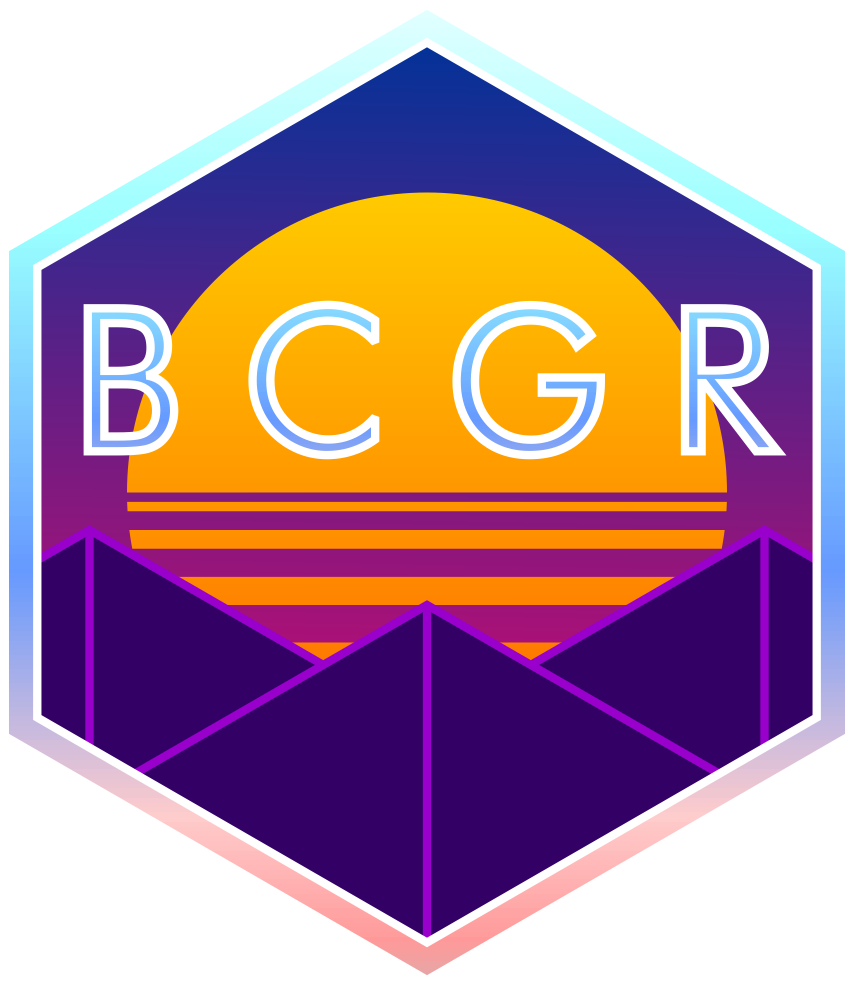Greathouse
A greathouse ("usduqu magi" in Iuxat) is a traditional living arrangement among the Rostran peoples native to the Rostran Archipelago Confederacy territories. A practice and edifice originating with the High Rostran culture and eventually disseminated to the Low Rostrans and extended to the peoples' Civil Ovinex coevals, greathouses serve to promote familial unity and help pool resources during times of need.
Purpose / Function
Traditionally, a greathouse provides living arrangements for three generations of an extended family, with the grandmother serving to direct the household as a whole and each wife having dominion over the affairs of their own apartments. Aside from aesthetic and geometric considerations, the fourth apartment was set aside for guests or, after the Rostran-Ovinex War, the Civil Ovinex retainers of the household. Modern two-storey arrangements (see Architecture) include space for multiple descendants or, in the case of small families, the families-in-law of the eldest residents. The residents of a greathouse traditionally help to pool funds to subsidize the creation of a new greathouse for the children of the extended family when the population limit is reached, with the new greathouse ideally completed in time to coincide with the new residents' wedding.
Architecture
The original greathouses were square wood or stone constructions consisting of four family-sized apartments arranged around a central courtyard or interior gathering space. Modern construction techniques allow for two-story greathouses which can house up to eight families. Not all greathouses are created equal, however, and these apartments may only feature a studio divided by partitions among the poorest households to house-sized independent suites with multiple rooms each for wealthy families.
Smaller additional spaces in the commons may include a kitchen, storage areas, and ritual spaces sanctified for the ancestor spirits of the extended family. Large greathouses are made of bricks, with the central space extending through both floors. This central space is capped with a sun shade through which air from the outside can flow to provide ventilation via the pressure gradient created between the rafters and the floor below. The exterior is generally whitewashed to help reduce the impact of the Rostral Tesseract sun, especially in the blazing hot summer months. A greathouse typically features gardens for edible goods along the sides and a collection of oar-markers for deceased family members along the rear. When a greathouse is first constructed - and, later, in times of hardship - a ritual sigil is worked along the perimeter of the property as a means of spiritually safeguarding the families residing within.
Defenses
The islands of Rostral D have not always known peace, and older greathouses belonging to influential families are often constructed in rocky heights with thick walls to serve as fortresses against raiders. This consideration is less important in modern times, though, with the geopolitical strife growing elsewhere under the Manifold Sky, some households are constructing bomb shelters on the off chance that diplomacy with the powers of the Human Arc ultimately proves fruitless.
Tourism
The elaborate greathouses of now-defunct rulers are often elaborately decorated with burnished wood and carved stone, making them points of interest for tourists so inclined. Some, like the Greathouse of the Zins, have become museums highlighting the history and traditions of the Rostran peoples.
Type
House, Large
Parent Location




Comments